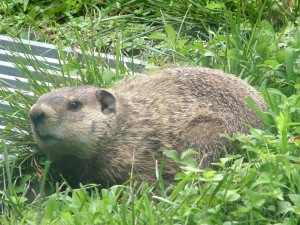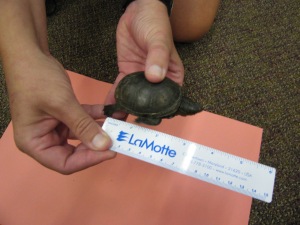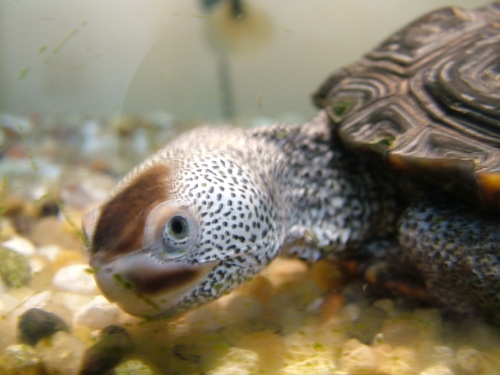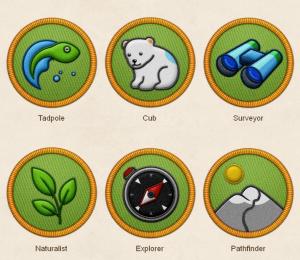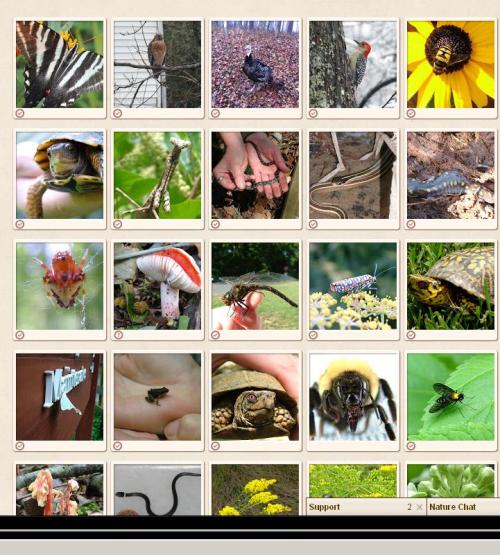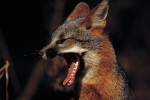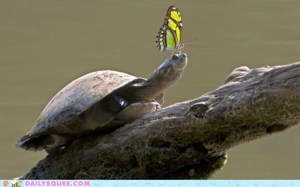For those in the Wildlife Biology Block 2:
PARENTS: a lab practical is nothing more than a test designed to see how well students have learned practical knowledge that can be applied to real-life situations. I will have the room set up with mounted birds, mammals, skins, skulls, shells, pictures, and questions on cards around the room. Students will only need a pencil. They will go around the room answering questions about what they see.
LAB PRACTICAL PRE-TEST STUDY: If your student would like to come practice before the practical I will have pre-study hours, and the room set up on Tuesday (27th) from 2-4 pm and and Wednesday (28th) from 9 am-4 pm. There will be skins, skulls, and mounts around the room with answer cards at each station. Many of these will appear on the practical on Thursday or Friday. This is not required. Students can come in any time during the above periods, for as long as they desire, to look at the specimens. I would recommend bringing field guides, notebooks, and notes.
Here are the answers to the student study questions:
Wildlife Biology Block 2 Question Study Guide Answer key (8-12)
Wildlife Biology Block 2 Question Study Guide Answer Key (13-16)
For the wildlife study pictures here are the answers for the 13-16 yr. old cards. These are similar to the 8-12 yr. old cards but with more animals. You can use the answers from this to help for either set of study cards.
